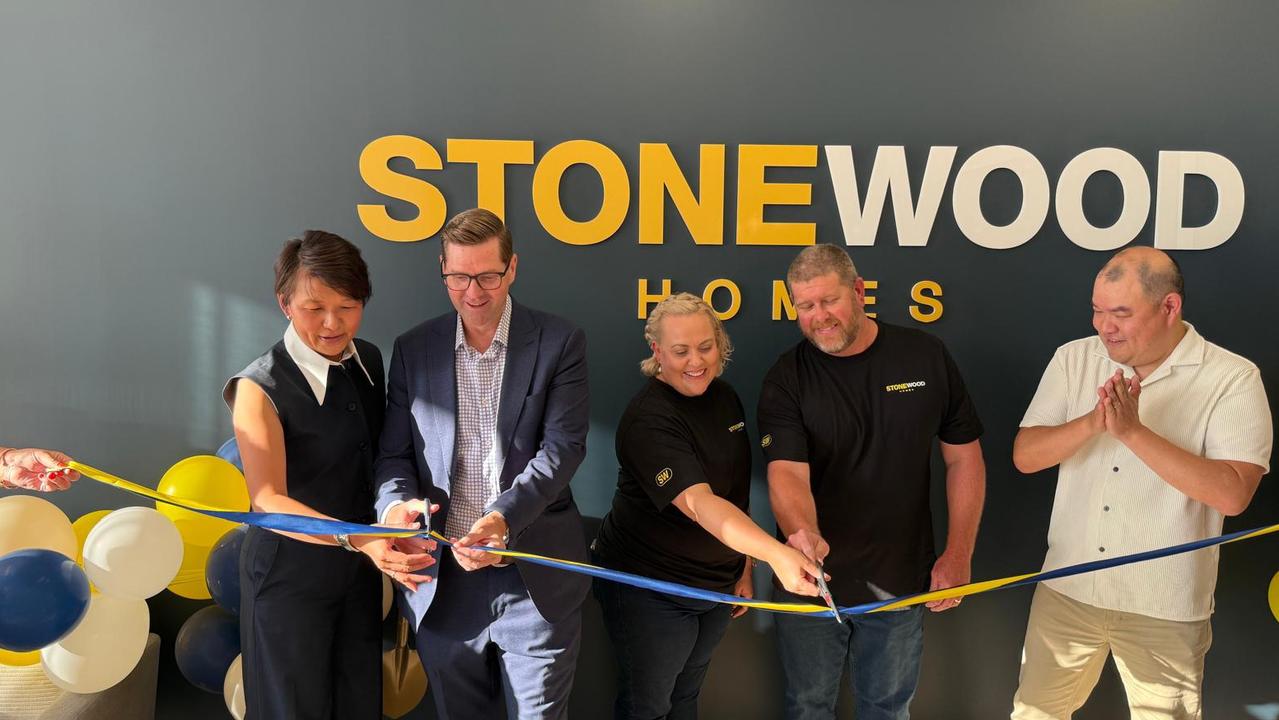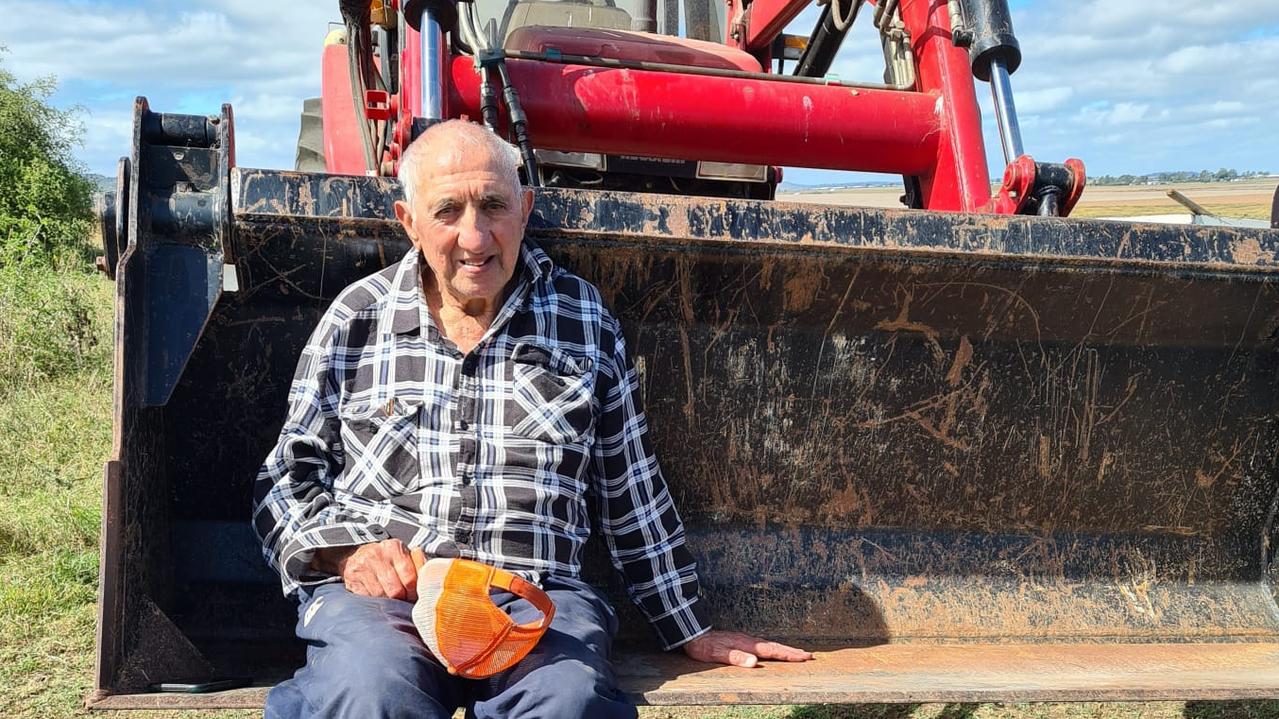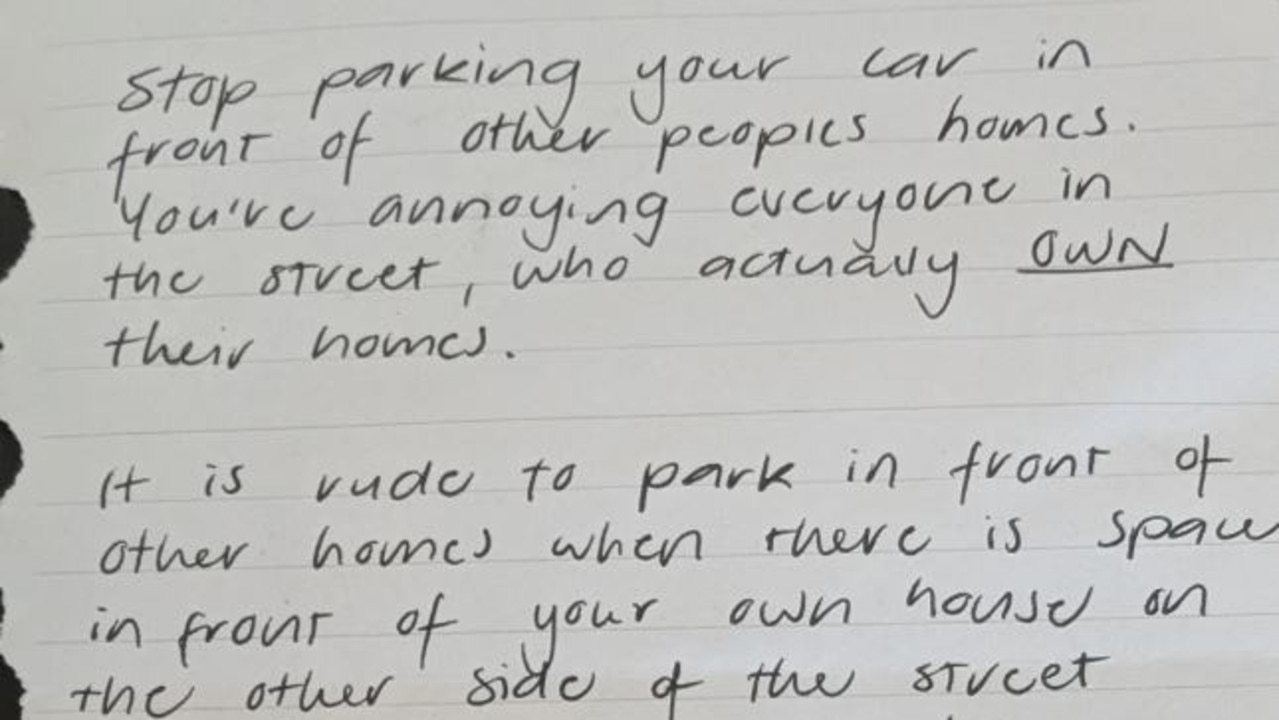New data ranks Toowoomba Hospital state’s second best for training doctors working conditions
A welfare check into how new doctors were faring at a major Darling Downs hospital found more workers were concerned about making a fatigue-based error than their physical safety.
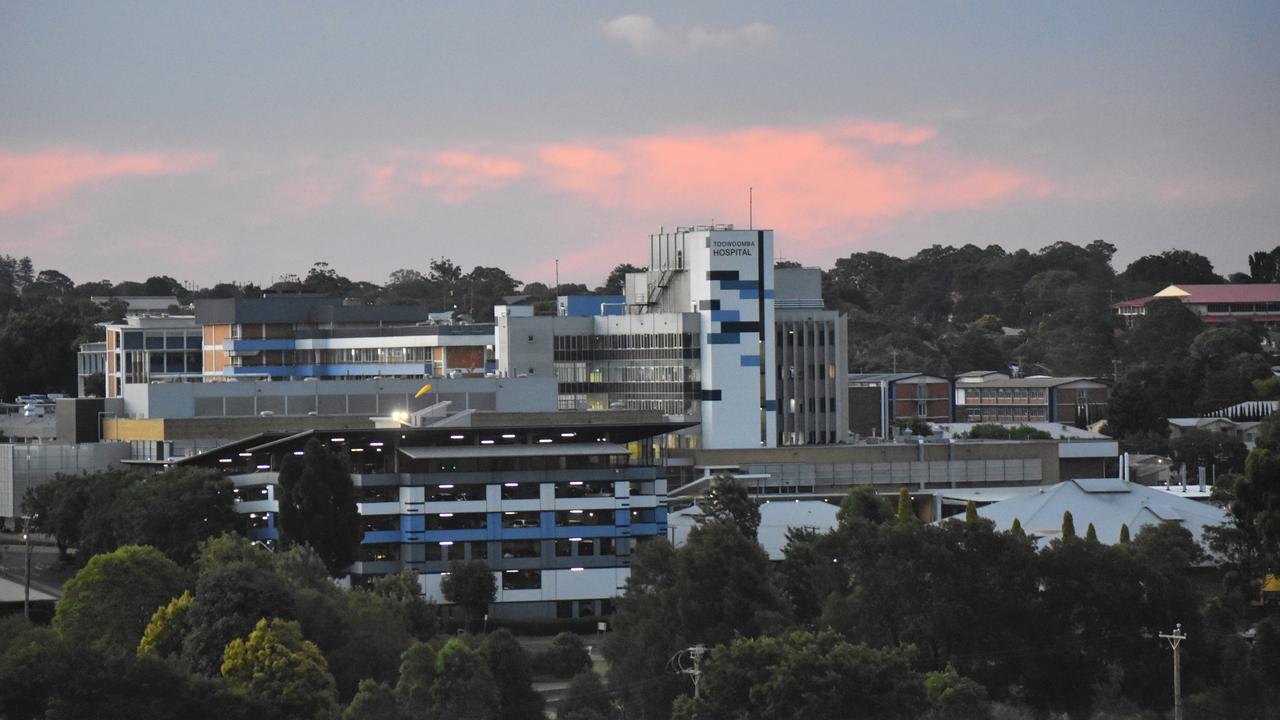
News
Don't miss out on the headlines from News. Followed categories will be added to My News.
An annual survey of doctors in training at Toowoomba Hospital showed although the vital healthcare workers’ satisfaction with conditions was stagnant, overall the regional hub was tracking better than other public hospitals across the state.
A spokeswoman for the annual Australian Medical Association Queensland (AMA) said the Toowoomba Hospital maintained its B- ranking in the latest Resident Hospital Health Check.
“For the second year in a row, Toowoomba has scored a B- in the annual survey of junior doctors across the state, placing it second behind Bundaberg Hospital,” she said.
“Statewide, 29 per cent of respondents felt their safety had been compromised at work and 46 per cent were concerned overwork would lead to them making an error.
“At Toowoomba, 25 per cent of junior doctors reported safety concerns and 42 per cent feared making a fatigue-based error.”
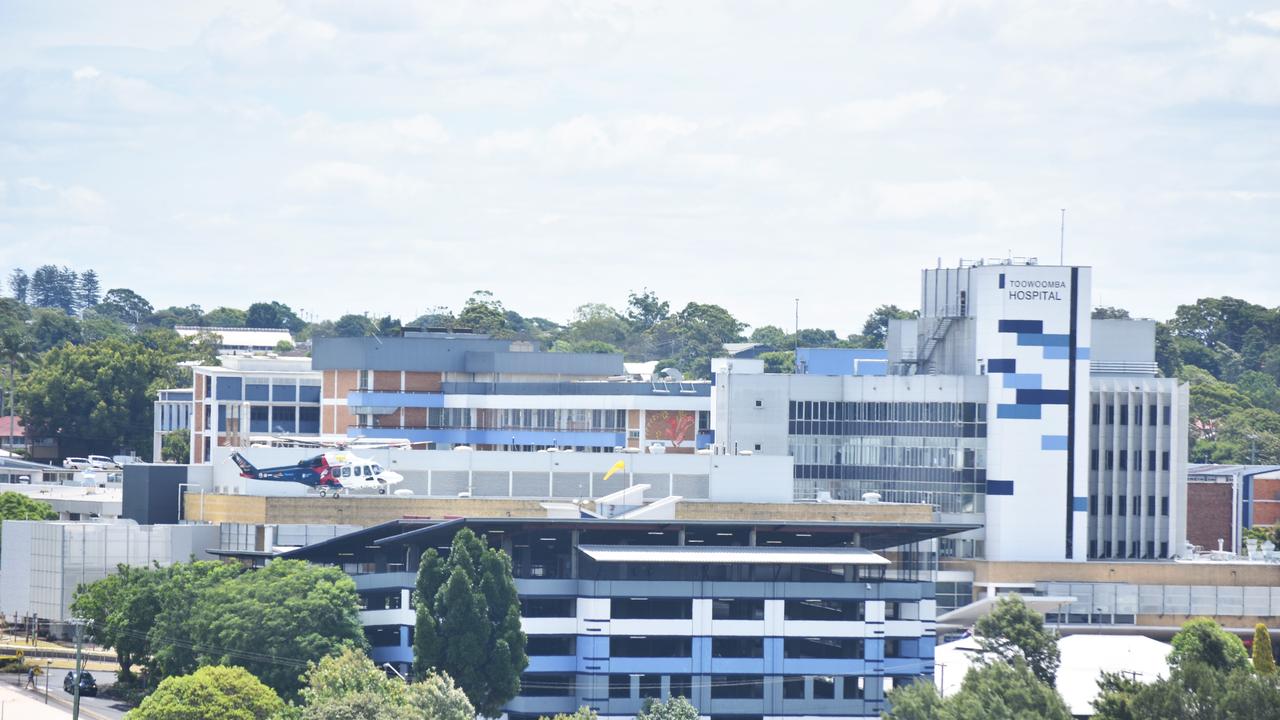
Three areas were flagged for improvement by the Australian Salaried Medical Officers’ Federation Queensland Resident Hospital Health Check (ASMOFQ).
The survey found that of the Toowoomba doctors surveyed, their main issue was access to annual leave (C-), followed by career progression and development (C), and wellbeing and workplace culture (C+).
The Toowoomba Hospital received an A for hours worked/overtime and a B- for exposure to bullying, discrimination, or sexual harassment.
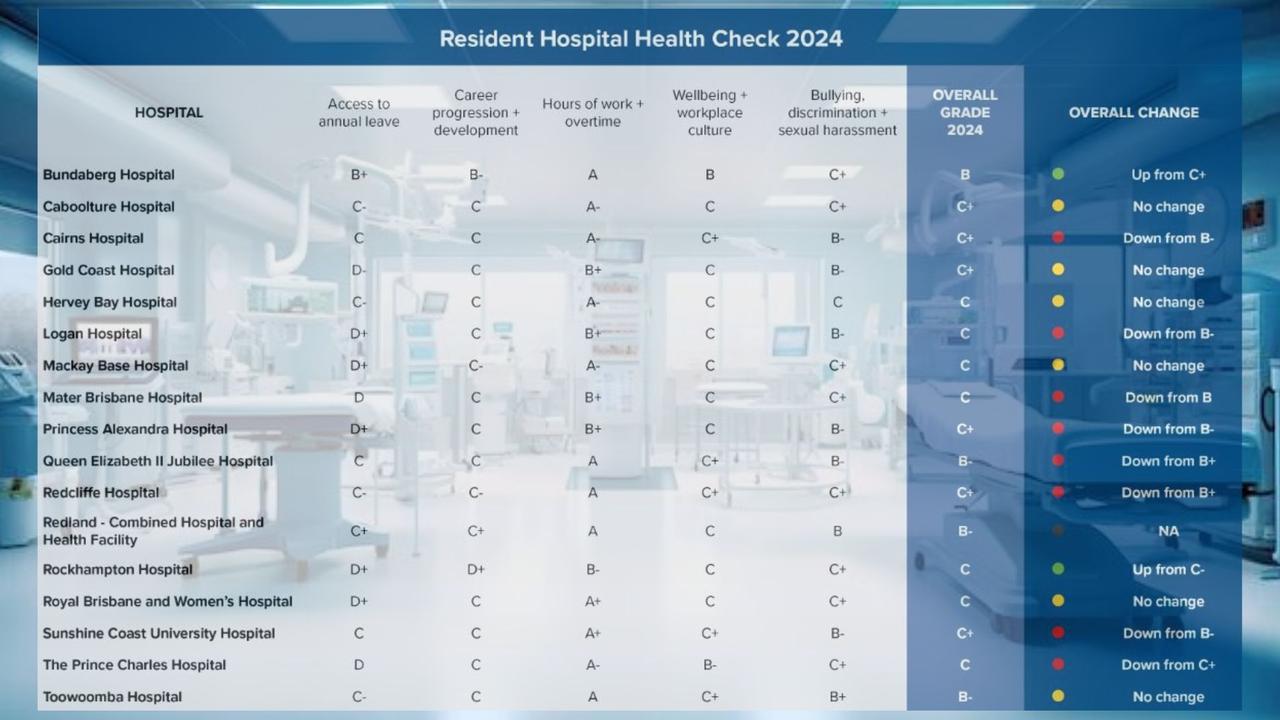
Darling Downs Health executive director of medical services Dr Liam Flynn said the organisation was pleased with staff’s positive feedback and it would continue to make improvements based on recommendations.
“Darling Downs Health welcomes the Queensland Resident Hospital Health Check and values the learnings and opportunities reports like this provide,” he said.
Dr Flynn said DDH were committed to providing all staff with a safe and supportive working environment and was looking at innovative ways to improve the health service.
“This means looking at opportunities to best deliver care to (patients) by having all our clinical staff working to their full scope of practice,” he said.
“This... will help to streamline functions and improve capacity for all staff, while ensuring the best quality care and utmost safety for our (patients).”
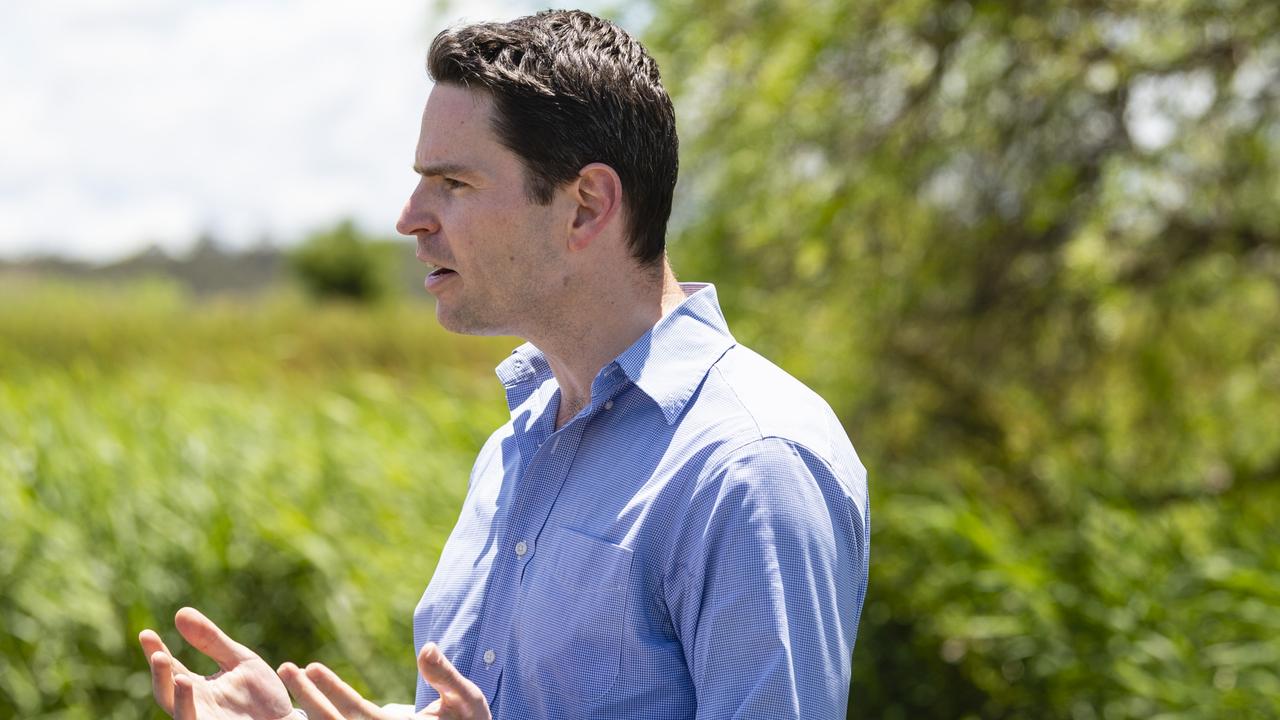
In regards to safety at DDH hospitals, Dr Flynn said the health service was at the “forefront of efforts to prevent occupational violence in our hospitals and health facilities”.
“We are committed to providing a safe work environment for our workers and the community, to ensure the provision of the highest quality of care to our patients,” he said.
AMA Queensland committee of doctors in training chair Dr Elise Witter said 2024 marked the fourth year in a row that about 30 per cent of the doctors surveyed across the state raised safety as an issue.
“And the seventh (year in a row) that about 50 per cent have reported fears of making a fatigue-based error,” she said.
Dr Witter said it was “beyond disappointing” there was no change in the fresh data.
“Everyone deserves to feel safe at work,” she said.
“What we are hearing from our junior doctors, particularly those on ward call overnight, is that they do not feel safe walking between hospital buildings.
“Disturbingly, 50 per cent of junior doctors are already feeling some form of burnout.”
ASMOFQ president Dr Hau Tan said with the appointment of a new health minister, it was time for the government to commit to improving junior doctors’ working conditions.
“ASMOFQ will continue to support and advocate for doctors to ensure their workplaces are safe and their working conditions are protected,” he said.
The survey data was based on 831 doctors in training across the state.



